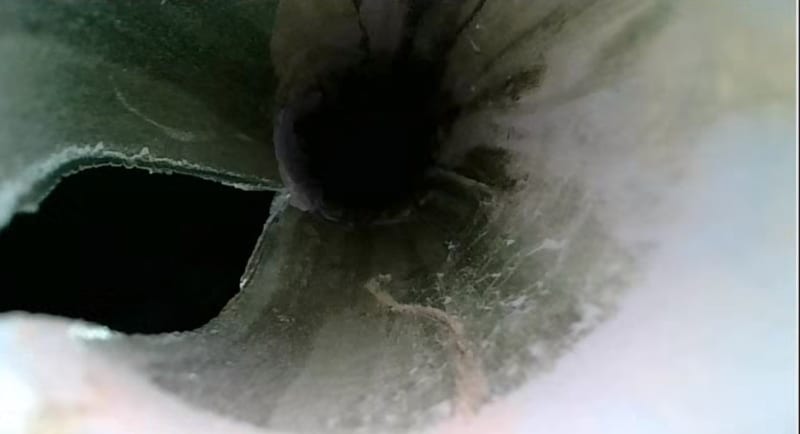Eduardo1982
Mechanical
- Oct 31, 2014
- 65
Dear guys.
Does anyone have experience in tube failure in heat exchangers type "U"?
Actually we have had a failure in a heat exchanger and we foudn that 1 tube was broken.

We are recovering all data from previous to event, however I dont lnow if you guys could recognize the failure with picture attached.
Does anyone have experience in tube failure in heat exchangers type "U"?
Actually we have had a failure in a heat exchanger and we foudn that 1 tube was broken.

We are recovering all data from previous to event, however I dont lnow if you guys could recognize the failure with picture attached.


![[pipe] [pipe] [pipe]](/data/assets/smilies/pipe.gif)